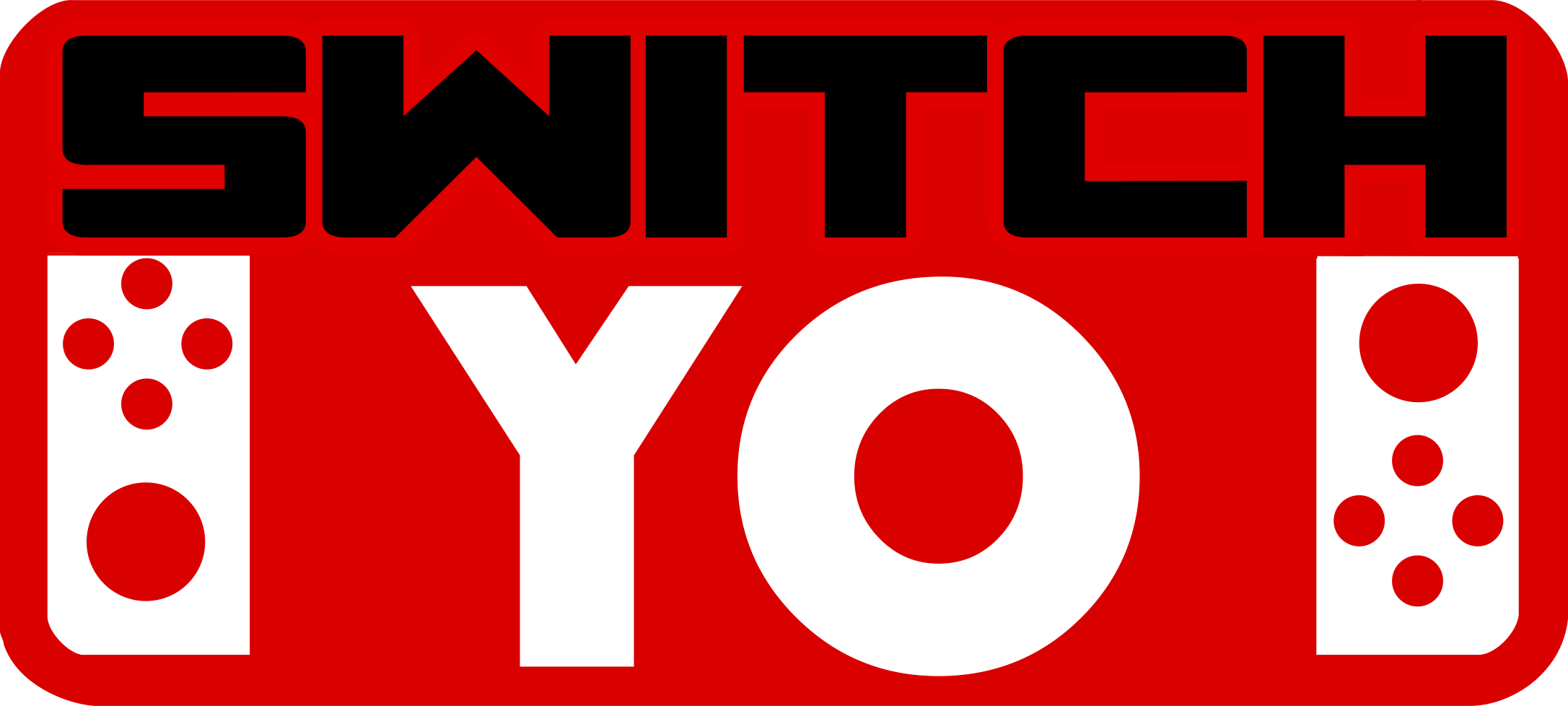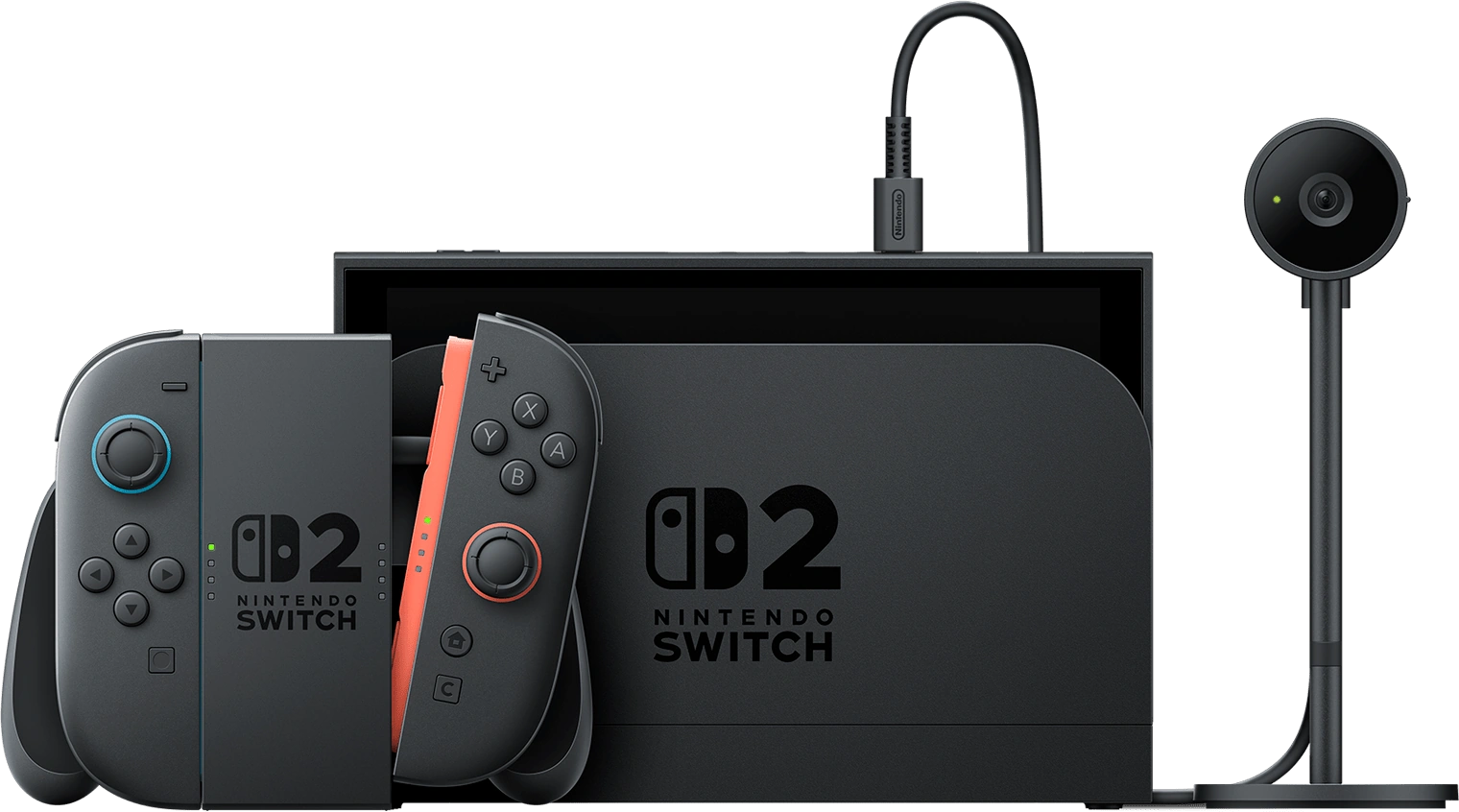The Nintendo Switch 2: Premium Gaming and the Price Evolution
The Nintendo Switch 2 is set to launch on June 5, 2025, and while fans are thrilled about its cutting-edge features, the pricing has sparked plenty of conversation. With the console priced at $629.99 CAD for the standalone model and $699.99 CAD for the Mario Kart World bundle, it’s clear that Nintendo is positioning the Switch 2 as a premium product. But the real eyebrow-raiser? The cost of games.
Nintendo’s first-party titles, such as Mario Kart World, are priced at $109.99 CAD, while some upgraded versions of older games, like the Switch 2 Edition of Metroid Prime 4: Beyond, are hitting $115 CAD. These prices are notably higher than what gamers have been accustomed to, but there’s a solid rationale behind them.
The Switch 2 boasts significant hardware improvements, including a 1080p 7.9-inch display with HDR compatibility, 4K output when docked, and revamped Joy-Con controllers. These advancements enable developers to create more visually stunning and technically complex games, which naturally come with higher production costs. Additionally, many of the Switch 2 Editions of older games include new content, enhanced graphics, and features tailored to the console’s capabilities. For example, Kirby and the Forgotten Land now includes the Star-Crossed World expansion.
While the pricing may seem steep, it aligns with the broader trend of rising costs in the gaming industry. As games become more sophisticated, the resources required to develop them—such as advanced engines, larger teams, and longer development cycles—also increase. Nintendo’s decision to price its games higher reflects the value of the enhanced experiences they offer.
The Role of Tariffs and Inflation
One of the key factors driving up the cost of games is the impact of tariffs and inflation. Tariffs on imported goods, including gaming consoles and software, can significantly increase retail prices in certain regions. For example, countries with high import duties on electronics often see a marked price hike for gaming products. Inflation, on the other hand, erodes the purchasing power of money over time, making goods and services more expensive.
To put this into perspective, video games in the 1990s were typically priced around $50 to $60 USD. Adjusted for inflation, this would be equivalent to approximately $90 to $100 USD today. Similarly, games in the early 2000s maintained a nominal price range of $50 to $60 USD, but inflation-adjusted values dropped slightly to around $70 to $80 USD. This means that while the nominal price of games has increased, the real cost—when accounting for inflation—has remained relatively stable or even decreased in some cases.
However, the current pricing of Switch 2 games, such as $109.99 CAD (approximately $80 USD), reflects not only inflation but also additional costs like tariffs and the higher production values of modern games. These factors combine to create a pricing structure that, while higher than in the past, is justified by the enhanced quality and complexity of today’s gaming experiences.
Justifying the Price: A Reflection of the Times
The pricing of the Nintendo Switch 2 and its games is not just a reflection of the product itself but of the world we live in for 2025 and beyond. Inflation, tariffs, and the rising costs of technology have all contributed to this new normal. But it’s not necessarily a bad thing. Higher prices often mean better quality, more innovation, and richer experiences. The Switch 2 is a testament to this, offering cutting-edge features and games that push the boundaries of creativity and technology.
For international buyers, the pricing varies:
- United States: $449.99 USD
- United Kingdom: £395.99 GBP
- Australia: $699.95 AUD
- Japan: ¥49,980 JPY (Japanese-language system) or ¥69,980 JPY (multi-language system)
- Mexico: 13,599 MXN
- Germany, France, Italy, Spain: €469.99 EUR
- South Korea: ₩648,000 KRW
- Hong Kong: HK$3,450 HKD
Ultimately, the Switch 2’s pricing underscores its ambition to deliver a premium gaming experience. For fans who value innovation and quality, the investment is well worth it. After all, gaming is not just about playing—it’s about immersing yourself in worlds that push the boundaries of creativity and technology. And that’s exactly what the Nintendo Switch 2 promises to deliver.


Don’t get me wrong, I fully understand how some people can be upset about the current pricing situation of the Switch 2. I mean, it’s comparatively more expensive than the Switch, and the games are significantly higher now, too. I get it. It sucks. But it also makes total sense.
The world is getting more expensive, primarily because of certain actions taken by a certain country and its peculiar orange man. However, even if we disregard the tariffs, gaming as a whole should have been $80 USD for quite a while now. The simple fact that the cost of a video game (and to a lesser extent, the consoles) hasn’t gone up with inflation, is really quite miraculous. Games should have realistically been $80 back during the Wii generation, and yet… they weren’t. It wasn’t until 2025 that things really started to match up with inflation.
So yeah, price increases suck, but it really isn’t as unreasonable as some people are making it out to be.